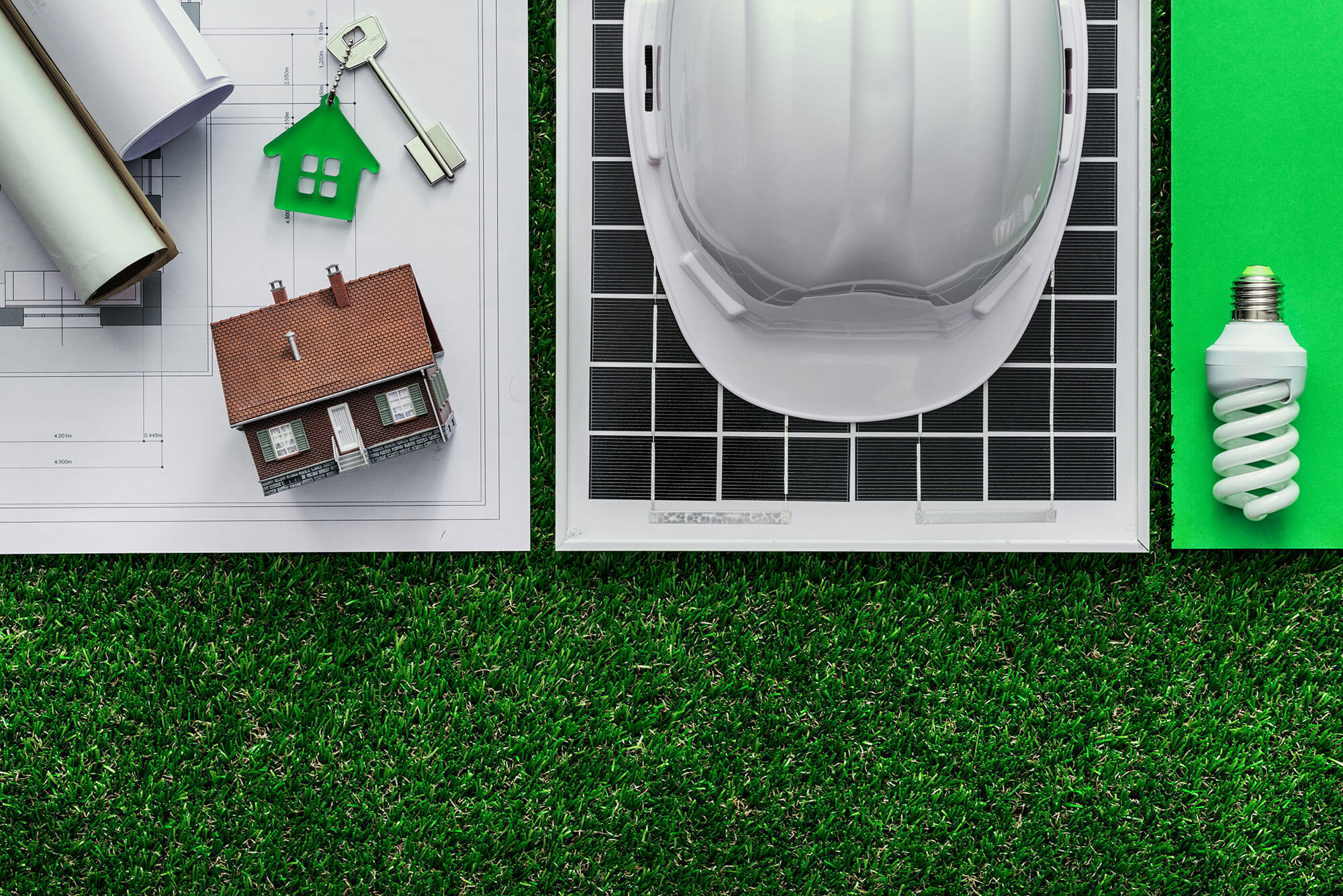Advertisement
As more signatories add their names to the Net Zero Carbon Buildings Commitment, South African developers are reflecting on what it means for them – and for the building industry.
Thursday 13 September 2018 was a big day for the future of the planet. That’s the day when, at the Global Climate Action Summit in San Francisco, California, the World Green Building Council officially launched its Net Zero Carbon Buildings Commitment. In a bold statement of environmental intent, the document was signed by 38 signatories, made up of 12 businesses, 22 cities and four states and regions. Within a year, 63 more signatories had added their names to the list.
The commitment promised drastic action. Each signatory vowed to eliminate operational carbon emissions from their building portfolios (which collectively make up more than 10.7 million square metres) by 2030, and to eliminate a cumulative total of 209 million tonnes of carbon emissions equivalent (CO2e) from their buildings by 2050. As the World Green Building Council pointed out, that’s the same as taking 44.7 million cars off the road for a year.
South Africa’s four largest metros – the municipalities of Tshwane, Johannesburg, Cape Town and eThekwini – were all among the original signatories. As members of the C40 network, they’re promoting energy efficiency measures both in their own operations and in their local commercial and residential sectors.
Advertisement
As C40 Executive Director Mark Watts said during the 10th annual World Green Building Week, in September 2019: ‘The majority of the world’s population lives in cities, projected to rise to 70% by 2050. As cities continue to grow, and temperatures continue to rise dangerously, it has never been more important for the building and construction sector to be leading the way on climate action. Because the sector is responsible for such a large chunk of global emissions, it means there is huge potential for reduction.’
South Africa’s property developers have a role to play in all of this, too – and not just in those four forward-thinking metros. The local Green Building Council (GBCSA) claims that building and construction are responsible for 39% of all the world’s carbon emissions; while according to the World GBC, new construction is expected to double the world’s building stock by 2060, which will in turn cause an increase in carbon emissions unless building practices change.
While they’re pointing to numbers like that, the National Treasury is offering incentives to property developers, home owners and individuals to encourage investment in green building. The City of eThekwini, for example, included a provision in its 2019/20 rates policy that allows rebates or reduction in property rates on buildings that are in possession of an ‘As Built’ rating certificate awarded by the GBCSA.
Meanwhile, a handful of individual developers are already living up to the promises of that Net Zero Carbon Buildings Commitment. JSE-listed turnkey sectional-title developer Balwin Properties, for example, pledged in May 2017 to have seven of its built-to-sell and three of its rental developments EDGE-certified (Excellence in Design for Greater Efficiencies). The rating process covers 10,896 built-to-sell apartments and 4,688 rental apartments in developments across South Africa.
‘With EDGE’s complimentary software we now have a cost-effective planning tool that helps us to build green cost effectively based on occupant behaviour, building type and the local climate. Importantly, the certification provides our environmentally conscious buyers and tenants with assurance that they are minimising their own environmental footprint,’ Balwin CEO Steve Brookes said at the time.
They join the Fourleaf Estate residential development in Port Elizabeth among the green pioneers in South Africa’s residential development industry. In late 2017 Fourleaf became the first residential project in Africa to meet the EDGE resource-efficiency standard and receive EDGE final certification. The estate delivers significant energy savings through practical solutions like heat pumps for hot water, aerated low-flow taps, dual-flush toilets and reduced window-to-wall ratios and roof insulation.
They, like others around the world, understand that initiatives like Green Buildings, EDGE certification and the Net Zero Carbon Buildings Commitment aren’t compulsory for building developments … but the benefits of those initiatives are becoming harder and harder to ignore.



